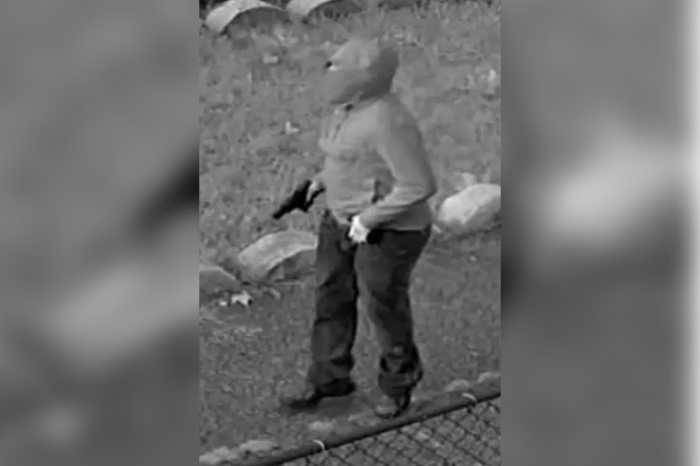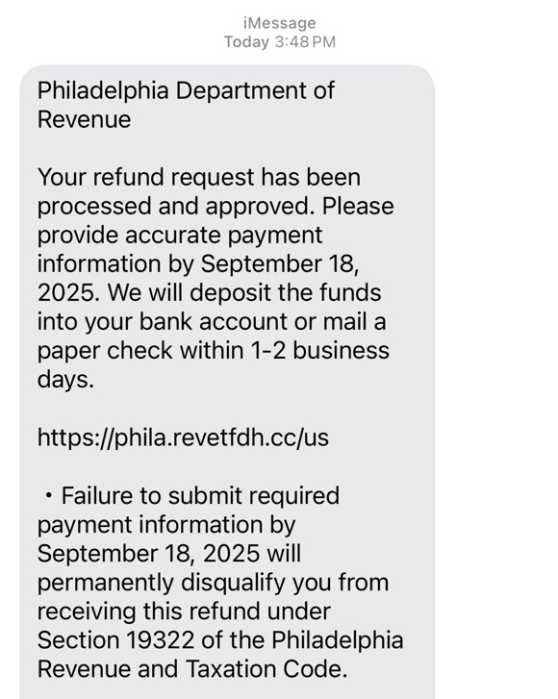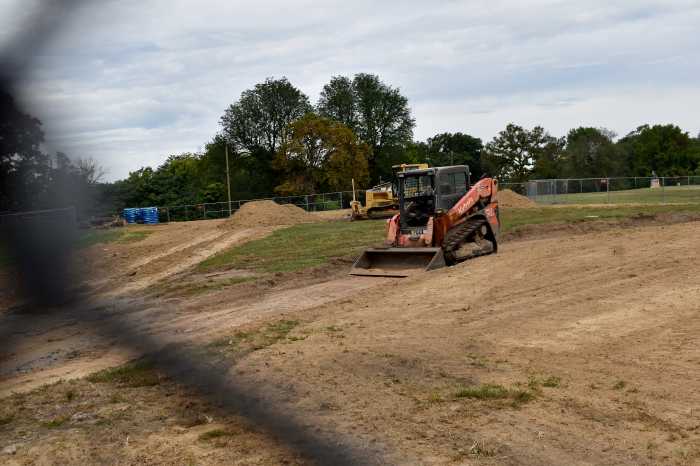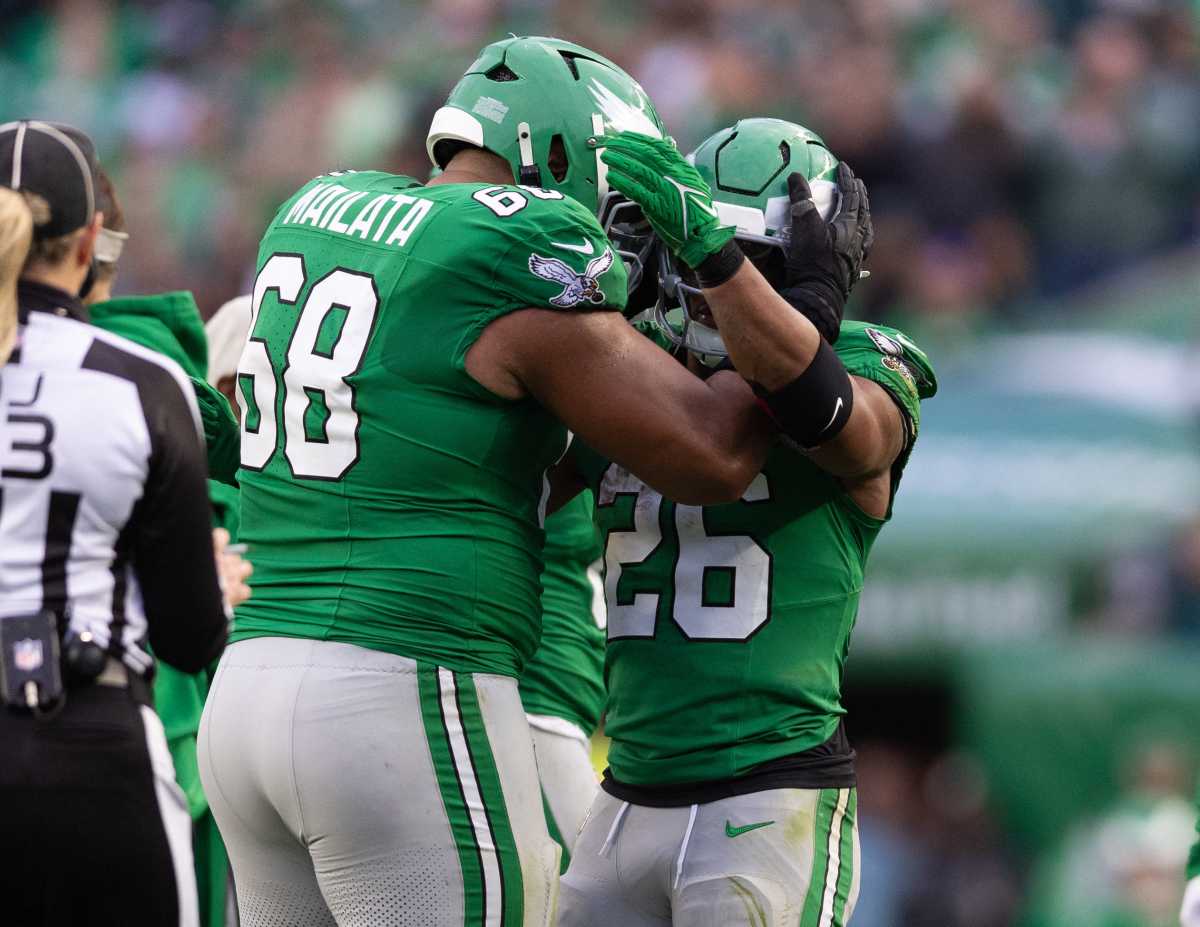A 30-year-old doctoral student who moved to Philadelphia last summer is attempting to build support for the construction of a Roosevelt Boulevard subway line.
Jay Arzu had been fascinated with New York’s Second Avenue Subway, a long-delayed transit service that began running in 2017, and that led him to the Roosevelt Boulevard proposal, which has been floated for decades.
Arzu, who studies city and regional planning at the University of Pennsylvania, believes the proposal has ripened and aligns with federal and local priorities around transit equity, economic development and climate change.
“This has all the right markings of a major transportation mega-project, and Philly is long overdue for one,” he told Metro.
The timing is also right, Arzu said, with the Biden administration more willing to invest in infrastructure and transit.
“Everyone I’ve spoken to in the community wants this project expedited,” added Arzu, of Graduate Hospital. “We don’t want to wait 10 years for construction.”
A one-hour town hall on the possibility of a Boulevard subway will be held Saturday, Aug. 27, at the PATH Center, located at Cottman and Castor avenues. The event is being promoted by 5th Square, the urbanist political group, and Northeast Philadelphia state Rep. Jared Solomon.
The Boulevard subway, which would theoretically connect the Far Northeast with the Broad Street Line, is not currently in SEPTA’s plans.
“SEPTA is interested in hearing what ideas come out of the meeting later this month and we are always open to having discussions about ways to improve service,” authority spokesman John Golden said in an email.
Several years ago, the authority began operating the Boulevard Direct bus, an express service between the Neshaminy Mall and Frankford Transportation Center.
A 2021 city planning report, called “Route for Change,” recommended improved bus service — but no rail lines — and proposed, in one potential scenario, a $10.8 billion project to submerge and partially cap some of the Boulevard’s 12 lanes.
Proposals for a subway first came at around the time the Boulevard’s initial stretch was completed in 1914.
Funding challenges doomed the project the last time it was seriously considered, in the early 2000s. A 2003 analysis estimated the cost at $3.4 billion and projected that the line would get 124,000 riders a day.
Solomon said he reached out to Arzu after the Penn student published an op-ed about the idea.
He told Metro that he is “not sold” on a subway-or-bust approach and is open to other suggestions, such as an elevated line or bus rapid transit.
“When you’re coming out of a pandemic, it’s a great opportunity to take stock of where you are, where you want to go,” Solomon said.
Arzu said that frequent bus service is a good start but added that light rail, such as a trolley system, would be complicated because of heavy traffic and turning vehicles.
He wants a new feasibility study completed and would like to see SEPTA and the city submit applications to the Federal Department of Transportation’s New Starts program, which funds projects with a budget over $400 million.
In all likelihood, the subway would be completed in phases, Arzu said.
“This area warrants a subway,” he said. “If we put it on the New Starts program, there’s no other heavy rail or light rail project that comes close in terms of daily ridership. Nothing touches this project.”



























